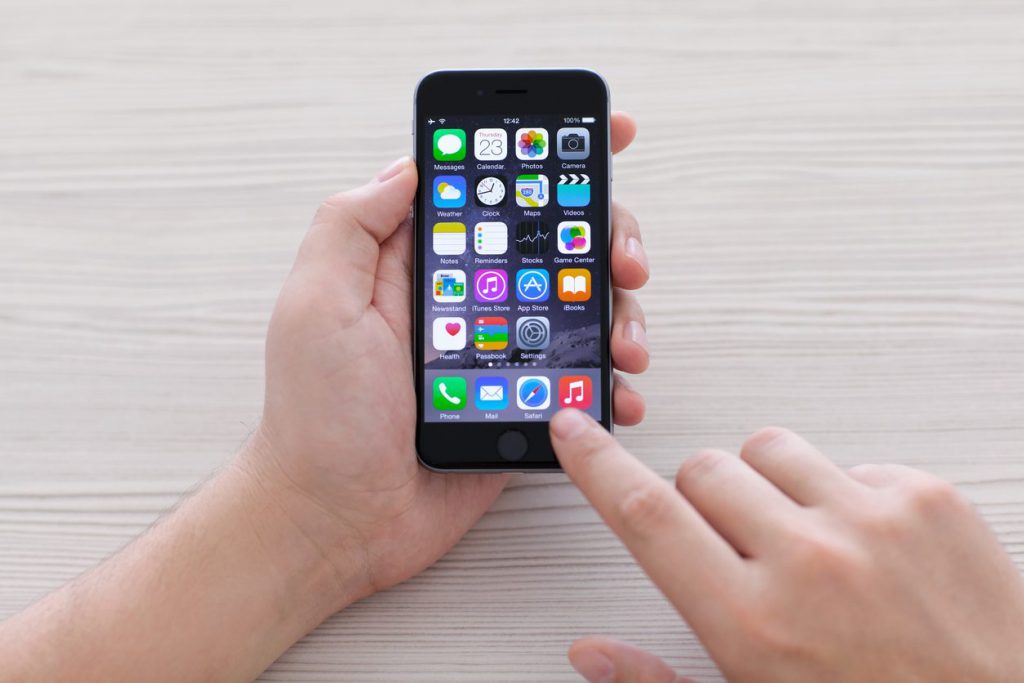Students that are part of the younger generation really like to use their smartphones – for everything besides phone calls! Since it can be difficult to reach students on the phone, admissions representatives should be working to engage in ways that are most comfortable for them. In our trail travels, we’ve come across more than a few instances of what we’d call bad phone form!
When an interested person calls, are representatives prioritizing them just as they would with a student at the campus? Prospective students who’ve taken the time to call in will form lasting impressions based on the conversations they have and treatment they receive. Unprofessional conduct can have an immediate negative impact that reflects poorly on the whole school. Is your ideal institute of higher learning also a place where yelling is considered an acceptable means of student communication?
While she was on the phone with me, a student showed up at her door. Rather than place me on hold, she started shouting to him and into the phone, “Jerry! Jerry! Wait right there!”
Not all interested prospective students are able to make the trip to a campus right away. Some may prefer not to visit until they know more. The same information should be given to students who call with questions as those who attend on-campus interviews. On that note, representatives should take all student communications seriously and never imply that the student is ‘not serious enough’ about school to come to the campus.
I told Fred that I wasn’t feeling well enough to come in but wanted to research schools in my spare time. He told me, “I don’t know if this school will be the right fit for you. If you can’t come in for an appointment, how do I know you will make time to come in for classes?” He then refused to answer my next two questions about the program and hung up on me.
Since many students don’t answer their phones, admissions representatives have started embracing texting their potential students. Since 58% of teens with smartphones rely mostly on texting to communicate, it seems like a good idea to have your admissions representatives reach out to these students via text. However, using emoji or emoticons can be tricky in business communication. Opinions may differ, but we can all agree that texts from an unknown number can be quite unexpected if the sender doesn’t identify themselves. Add emoticons or emoji to the mix and things can get really weird. Greetings that otherwise would be innocent can be interpreted as creepy at worst (and unprofessional at best) if a representative misses the mark.
After I completed my assessment, I went to the lobby and told the receptionist that I was ready to meet up with Ted again. After waiting 20 minutes, the receptionist told me that Ted had gone to lunch and offered me a meeting with him the next day. I said that was fine. When I got into my car, my phone vibrated. I got a text from Ted that said only, “What’s up, Sally ;).”
—
Ilana texted me to ask, “Did you show the info to your uncle? :)”
We always encourage representatives to provide their business cards with contact details. If there’s a question later, how would a prospective student reach you? That direct contact info is important. We’ve faced some awkward situations with representatives who perhaps ran out of business cards and took matters into their own hands, so to speak…
I did not receive a business card, but James added his number directly into my smartphone.
Have you sent a text or left a voicemail for a student that you regret? A funny text exchange you’d like to share? Let us know on our Facebook!



Leave A Comment